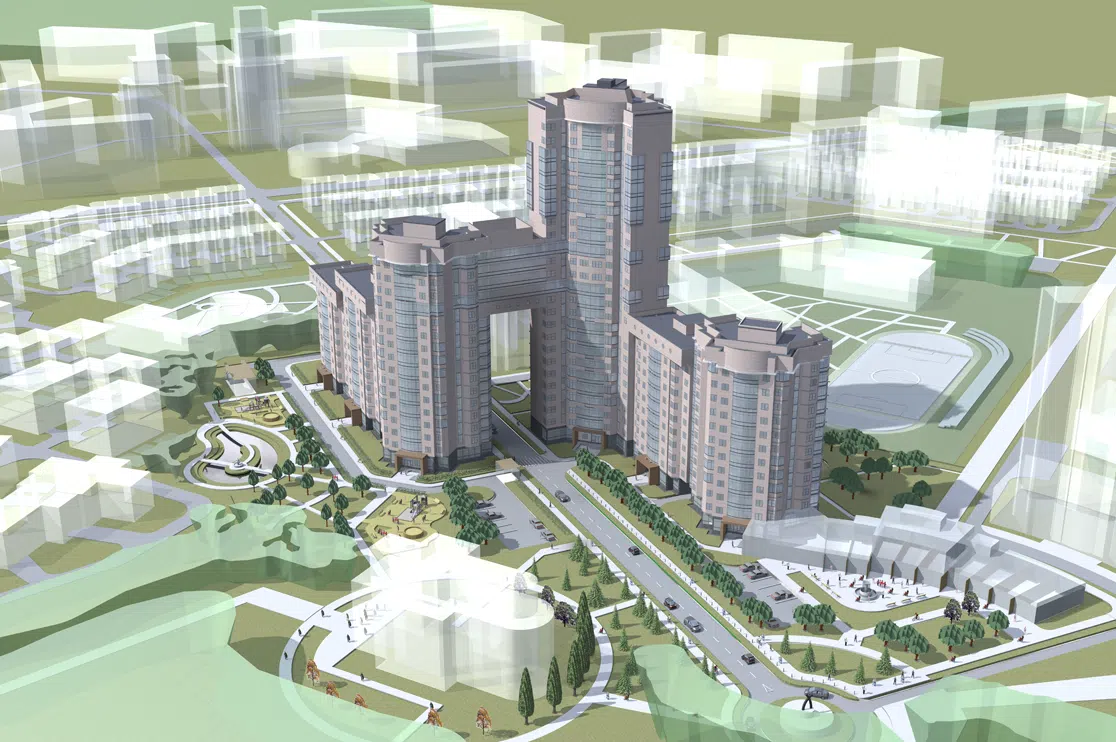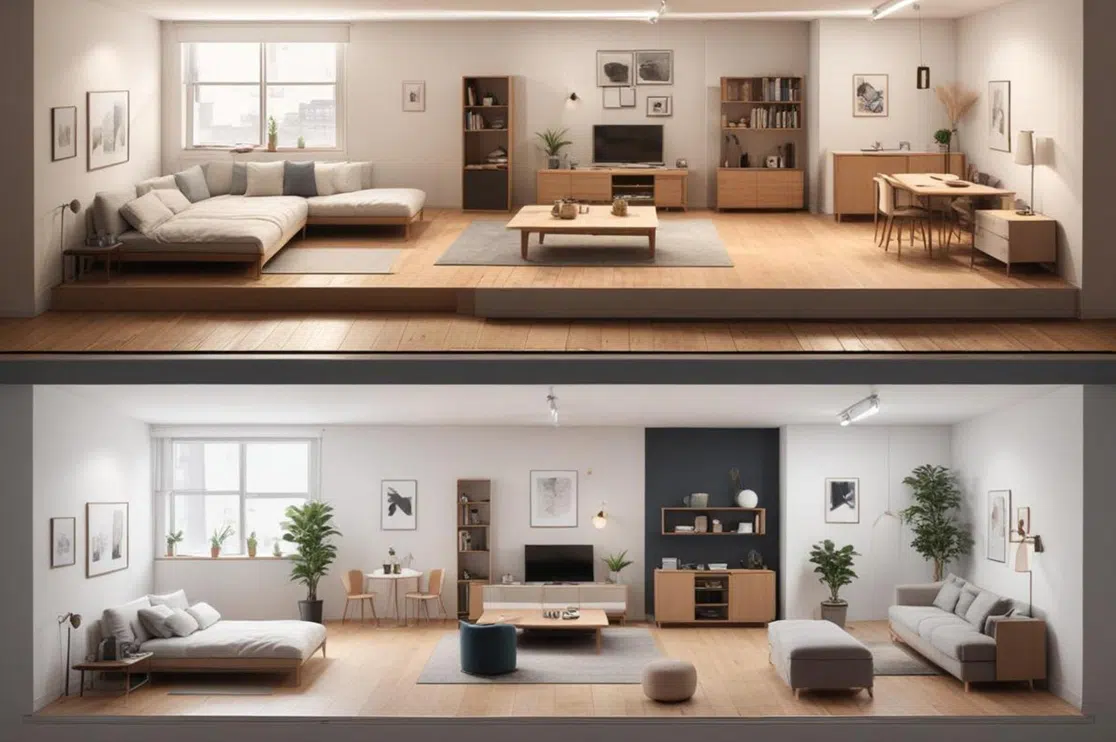When presenting design proposals to clients or trying to impress investors, it is crucial to have photorealistic 3D renderings accompanying the designs.
While hand-drawn designs do have a place in the construction industry, it is unfortunately difficult to create hyper-realistic designs that can give clients and investors a good idea of what’s in store.
A particular point of pain here is illumination – even many robust Computer Aided Design (CAD) software do not accurately model light.
Hence, if you are an architect, engineer, or developer that delivers or works with product design, product rendering, simulation, VR/AR, etc., you require a sound knowledge of ray tracing and its benefits.
Ray tracing can bring the kind of high-quality graphics and lighting that used to be used mainly in high-end movies and video games into product design and engineering. Let’s take a look at this invaluable tool and how it can help your future construction and design projects.
Table of Contents:
What is Ray Tracing?
Ray tracing is a technology that provides graphical realism by imitating how light behaves in the real world. Hence, it allows you to create architectural visualizations that are almost indistinguishable from real life. While the concept of ray tracing is not new, having the technology to do it efficiently is.
Furthermore, the term “ray tracing” with regard to computer graphics should not be confused with the term as it is used in physics. In the latter case, it refers to calculating the paths of particles and waves through different mediums.
How Does It Work?
Much of the difference between what we see in real life and what we see on a computer screen or in virtual reality is related to the way light behaves.
In reality, light bounces, gets blocked, and is absorbed by different objects. These effects all affect how objects appear to us.
Computer graphics can mimic this effect with rasterization.
Rasterization, for example, turns the data (such as texture, color, and position) of every individual polygon or pixel of an object into a digital image.
In contrast, ray tracing “traces” the path of virtual lighting as it interacts with virtual items, as it is blocked, bounced, absorbed, and so on.
The concept of ray tracing has existed for a long time – since at least the 1960s. However, being able to implement it effectively is a fairly recent phenomenon as technology has progressed.
Real-Time Ray Tracing
The concept of real-time ray tracing is important in 3D modeling and rendering.
It calculates which pixels will be influenced by your chosen light source and changes their color somewhat to achieve a more photorealistic effect.
The “real-time” aspect refers to the fact that, as you move around your model, the lighting changes depending on the perspective, but the light source remains static. Hence, theoretically, in real-time, you can shift around the model and view how the rays of an internal or external light source affect objects.
The Value of Ray Tracing in Engineering and Architecture
The technology can consider all the light in any given environment, called global illumination.
This is highly valuable to mechanical engineers, architectural renderers, lighting designers, and solar energy researchers.
- In some ways, it goes above and beyond “normal” photorealistic images. You can predict visual performance criteria, illumination levels, and luminance gradients.
- You can quantitatively analyze the directionality and distribution of light. You can also research radiant heat transfer.
- This helps create more efficient lighting, heating, and clean energy solutions.
- Beyond this, lighting helps to set the right atmosphere and sell your products.
Check out our guide on the various types of lighting you can consider for your next project!
The way we produce 3D renders and models is constantly evolving, and ray tracing is an excellent example of this. It has proven to be an invaluable part of not just architecture and engineering, but gaming and entertainment as well.
BluEntCAD provides 3D rendering services that will help boost your sales and attract investors. We serve home builders, real estate developers, interior designers, architects, home designers, design-build contractors, and remodelers.
Browse our portfolio to see how we’ve helped other companies with interior renderings, exterior renderings, and architectural walkthroughs!
Ready to make your next project a success with 3D rendering services? Contact us now!







 Architectural Rendering: Revolutionizing Urban Planning for Future Cities
Architectural Rendering: Revolutionizing Urban Planning for Future Cities  Real Estate Virtual Staging: Avoid These Mistakes to Sell Your Home Fast (With Pro Tips)
Real Estate Virtual Staging: Avoid These Mistakes to Sell Your Home Fast (With Pro Tips)  How Does 3D Rendering Help with Virtual Staging a House for Sale?
How Does 3D Rendering Help with Virtual Staging a House for Sale?  Best 3D Custom Wardrobe Designs for Your Bedroom
Best 3D Custom Wardrobe Designs for Your Bedroom